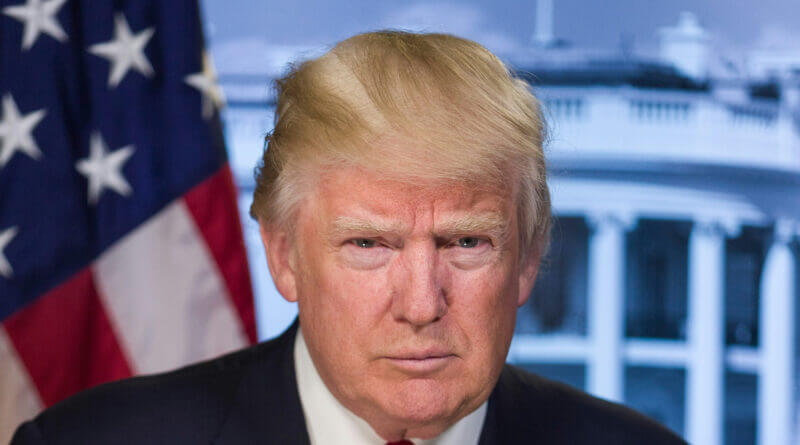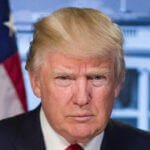Stevenson: Liberation Day-What’s going on with Trump and tariffs?
By Jon Stevenson
In the past week President Trump has dubbed his latest tariff rollout ‘Liberation Day,’ framing it as a bold step to free the U.S. from foreign economic dependence. The rationale for these tariffs is to reduce U.S. reliance on foreign manufacturing, revitalize American industry, and give the American working and middle classes a boost in our economy. That’s the stated goal. However, the implementation is off to a shaky start.
The theory behind these tariffs is ambitious and hasn’t been tried in this country in over 100 years. The U.S. faces a $1 trillion annual trade deficit, largely from importing manufactured goods. Trump’s tariffs aim to reverse this by making foreign products costlier and encouraging domestic production
Historically, this hasn’t been a problem because foreign entities want to invest in the U.S. economy. They take the U.S. dollars they receive as payment for the goods we buy and reinvest them here. The downside? Over time, we’re selling off more and more of our country to foreign investors. One day, our grandchildren could wake up owning little of their own nation.
President Trump wants to change that. He aims to manufacture more goods in the U.S., especially those with strategic or military importance. The COVID crisis exposed the risks of relying on overseas suppliers for our military and pharmaceutical supply chains —a vulnerability he deems unwise. To achieve this, however, foreign goods need to become more expensive. Why would we do that?
China has been accused of keeping its yuan undervalued by up to 20% in past decades (per IMF estimates) and using forced labor in regions like Xinjiang, per U.S. State Department reports. When we impose tariffs on China, the cost of its goods rises. The revenue
generated can then be used to lower taxes for the middle and working classes and to increase manufacturing in the U.S.
To those who argue this will drive inflation, we don’t have to speculate. When President Trump imposed steel and aluminum tariffs in 2017, prices rose by 0.6% and 0.9%, respectively, while domestic production of those goods increased by roughly 2% to 3% prior to the COVID shocks. Economists noted job gains in steel (e.g., 1,000 new jobs reported by U.S. Steel) but warned of higher costs for industries like auto manufacturing. The results were a mixed bag from an efficiency standpoint but the production of strategic metals increased.
In the short term, President Trump’s tariff strategy will disrupt the economy. Prices will rise temporarily, though a potential economic slowdown could offset some of the impact. Treasury Secretary Bassent, in a March 2025 briefing, projected tariffs could yield $300– $600 billion annually, based on taxing 20% of current imports. This could help reduce the budget deficit, along with the DOGE effort, and stabilize government finances. The President’s broader goal is to reset the global trading system so the U.S. no longer mortgages our children’s future for today’s standard of living. He hopes to increase the living standards of middle America that has been subsidizing our trade and financial centers. Let’s hope his bet pays off.
This opinion-editorial article is written and provided by Jon Stevenson, a DeSoto County businessman and head of the DeSoto Integrity and Government Political Action Committee (DIGPAC). Opinions expressed are those of the author and not necessarily that of this publication.






